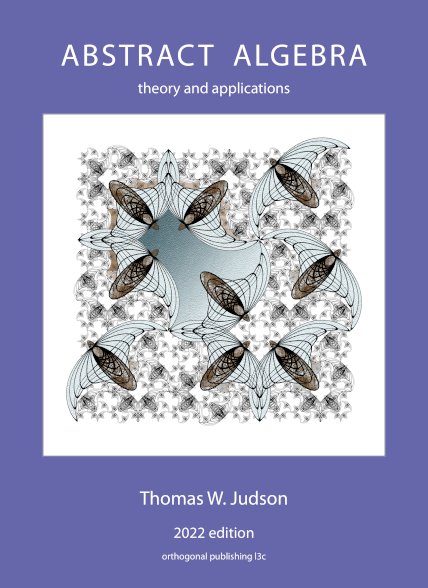1.
Consider the polynomial
Compute the most thorough factorization of this polynomial over each of the following fields: (a) the finite field
(b) a finite field with 125 elements, (c) the rationals, (d) the real numbers and (e) the complex numbers. To do this, build the appropriate polynomial ring, and construct the polynomial as a member of this ring, and use the
.factor() method.
2.
“Conway polynomials” are irreducible polynomials over
that Sage (and other software) uses to build maximal ideals in polynomial rings, and thus quotient rings that are fields. Roughly speaking, they are “canonical” choices for each degree and each prime. The command
conway_polynomial(p, n) will return a database entry that is an irreducible polynomial of degree
over
Execute the command
conway_polynomial(5, 4) to obtain an allegedly irreducible polynomial of degree 4 over
Construct the right polynomial ring (i.e., in the indeterminate
) and verify that
p is really an element of your polynomial ring.
First determine that p has no linear factors. The only possibility left is that
p factors as two quadratic polynomials over
Use a list comprehension with
three for statements to create
every possible quadratic polynomial over
Now use this list to create every possible product of two quadratic polynomials and check to see if
p is in this list.
4.
Define the polynomials
and
as polynomials with coefficients from the integers. Compute
gcd(p, q) and verify that the result divides both
p and
q(just form a fraction in Sage and see that it simplifies cleanly, or use the
.quo_rem() method).
Proposition 17.10 says there are polynomials
and
such that the greatest common divisor equals
if the coefficients come from a field. Since here we have two polynomials over the integers, investigate the results returned by Sage for the extended gcd,
xgcd(p, q). In particular, show that the first result of the returned triple is a multiple of the gcd. Then verify the “linear combination” property of the result.

